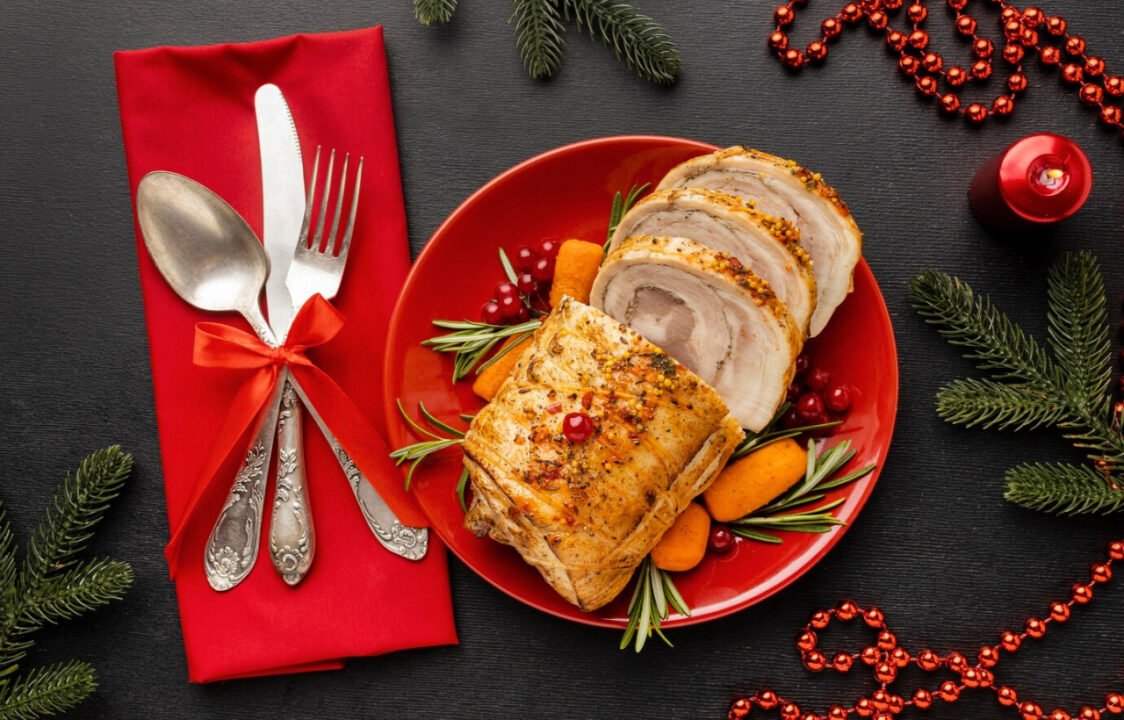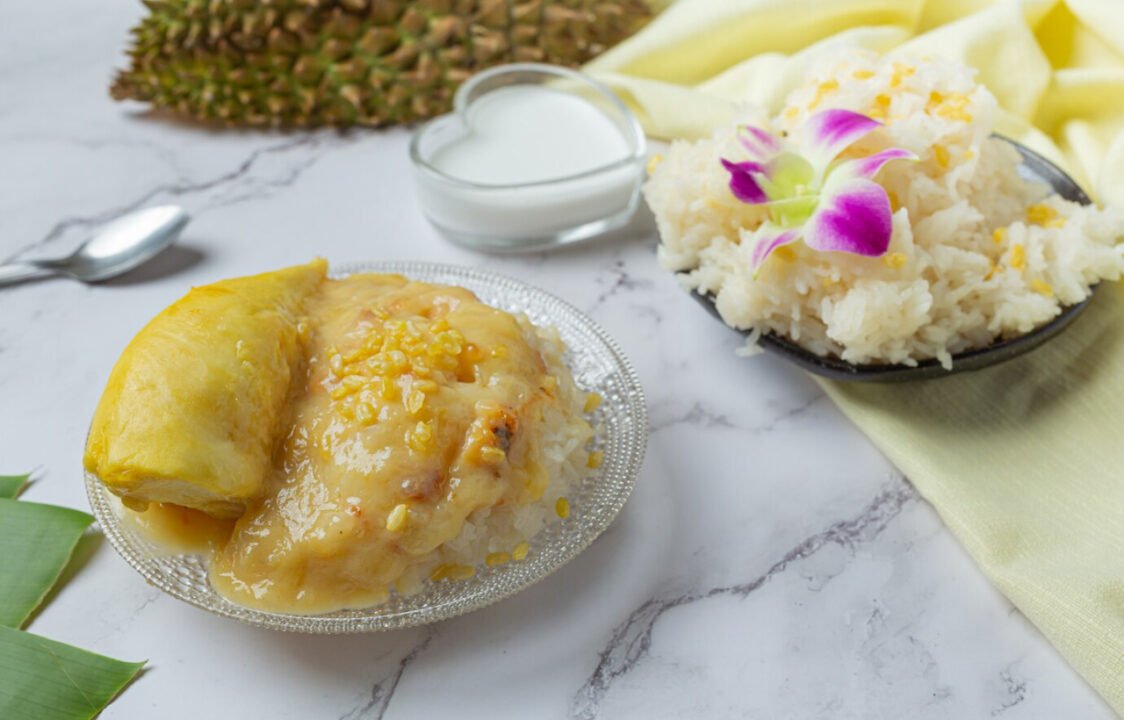Salmon Wellington is a stunning, savory pastry dish that combines the elegance of tender salmon with the buttery flakiness of puff pastry. Often reserved for celebratory meals or festive gatherings, this impressive entrée delivers a mouthwatering combination of flavors and textures. While it may appear complex, making salmon wellington is easier than it seems, and with the right guidance, you can bring this restaurant-quality dish into your own kitchen. Whether you’re hosting a dinner party or just looking to impress your family, salmon wellington is sure to become a favorite.
What is Salmon Wellington?
Salmon Wellington is essentially a beautifully wrapped salmon fillet enclosed in puff pastry and baked until golden brown. This dish often includes a layer of seasoned spinach, mushrooms, or herbs, providing a delicate flavor that enhances the salmon’s natural richness. Similar to the classic Beef Wellington, salmon wellington replaces beef with salmon and sometimes incorporates a layer of mustard or cream cheese, making it a delicious alternative for those who prefer lighter meats or a unique seafood experience.
You May Also Like: The Irresistible Appeal of Cashew Butter Chocolate Chip Cookies
Ingredients for Salmon Wellington
Creating the perfect salmon wellington requires a balance of fresh ingredients and high-quality seasonings. Here’s what you’ll need:
- Fresh salmon fillets (skinless, about 6 ounces each)
- Puff pastry sheets (thawed if frozen)
- Dijon mustard or cream cheese (for added flavor)
- Baby spinach (optional, for a vibrant filling)
- Mushrooms (button or cremini, finely chopped)
- Garlic (minced)
- Shallots or onions (finely chopped)
- Fresh dill or parsley (finely chopped)
- Olive oil or butter
- Salt and pepper (to taste)
- Egg yolk (for brushing on the pastry)
Using fresh, high-quality salmon is key to a tender and moist result, while the puff pastry provides a beautifully golden and flaky exterior.
How to Prepare Salmon Wellington
To create a salmon wellington that bakes to perfection, each step should be executed with care, from the preparation of the filling to the wrapping of the salmon.
Preparing the Spinach and Mushroom Filling
- Sauté the Spinach and Mushrooms: In a skillet, heat a small amount of olive oil or butter, then add the minced garlic and shallots. Sauté until fragrant.
- Add the Mushrooms: Toss in the finely chopped mushrooms and cook until they are softened and slightly browned. Season lightly with salt and pepper.
- Wilt the Spinach: Add fresh spinach to the pan and cook until it wilts. The moisture should be reduced as much as possible to avoid soggy pastry.
- Season and Set Aside: Stir in fresh herbs, such as dill or parsley, and allow the filling to cool completely before using it in the salmon wellington.
This mixture provides a rich, earthy layer beneath the salmon, adding depth and flavor to each bite.
Assembling the Salmon Wellington
- Roll Out the Puff Pastry: Lightly flour a clean surface and roll out your puff pastry sheets to ensure they’re large enough to wrap around each salmon fillet.
- Add Mustard or Cream Cheese: For an added burst of flavor, spread a thin layer of Dijon mustard or cream cheese onto each salmon fillet before placing it on the pastry.
- Layer the Filling and Salmon: Place a generous spoonful of the spinach and mushroom mixture onto the center of the puff pastry, then position the salmon fillet on top.
- Wrap the Pastry Around the Salmon: Fold the pastry over the salmon and filling, sealing the edges with a bit of water or beaten egg yolk. Make sure it is snugly wrapped to prevent leaks during baking.
- Brush with Egg Yolk: To achieve a golden-brown crust, brush the pastry with egg yolk before baking.
By sealing the salmon in pastry, you’re ensuring it remains moist and flavorful while cooking.
Baking Salmon Wellington to Perfection
Once assembled, transfer the salmon wellington to a baking sheet lined with parchment paper. Bake at 400°F (200°C) for 20-25 minutes, or until the pastry is golden brown and crispy. Baking time may vary slightly based on the thickness of the salmon fillet, so keep an eye on the pastry’s color. Overbaking should be avoided, as it can lead to dry salmon.
A helpful tip is to check the internal temperature with a food thermometer; salmon is fully cooked at 145°F (63°C).
Serving Suggestions and Accompaniments
Salmon Wellington is an eye-catching main course, perfect for pairing with side dishes that enhance its rich flavors. Here are some ideal accompaniments:
- Roasted Asparagus or Broccoli: The earthy flavors of roasted vegetables bring balance to the richness of the salmon wellington.
- Garlic Mashed Potatoes: Creamy, buttery mashed potatoes make an excellent side, complementing the salmon’s tenderness.
- Lemon Butter Sauce: A drizzle of lemon butter sauce over the baked salmon wellington adds brightness, creating a beautiful contrast.
- Mixed Green Salad: A fresh, crisp salad with a light vinaigrette can provide a refreshing counterpoint to the richness of the dish.
Tips for Perfecting Your Salmon Wellington
- Choose Quality Salmon: Fresh, firm salmon will give the best results in texture and taste. Wild-caught salmon is often preferred for its deep, rich flavor.
- Control Moisture in the Filling: Ensure that the spinach and mushroom mixture is well-cooked and dry to prevent sogginess.
- Chill the Assembled Wellington: For clean cuts and an even bake, refrigerate the assembled wellington for 15-20 minutes before baking.
- Make Vent Slits: Gently score the top of the pastry with a few slits to allow steam to escape, which helps prevent the pastry from becoming too puffy.
Common Questions About Salmon Wellington
What type of salmon is best for Salmon Wellington?
For optimal flavor, use fresh, wild-caught salmon fillets. Skinless fillets are ideal, as they allow for easier wrapping and even cooking.
Can Salmon Wellington be made ahead?
Yes, Its can be prepared in advance. Assemble it up to a day before, refrigerate, and bake just before serving.
Is it possible to make this dish gluten-free?
Gluten-free puff pastry is available at many specialty stores, allowing you to make a gluten-free version of salmon wellington.
How can I avoid soggy pastry?
To prevent sogginess, ensure that the filling is as dry as possible and that the pastry is well-sealed around the salmon.
What is the best way to store leftovers?
Store any leftovers in an airtight container in the refrigerator for up to two days. Reheat in the oven to maintain the pastry’s crispness.
Can I substitute the spinach and mushroom filling?
Yes, alternatives such as sautéed leeks, cream cheese, or even pesto can be used in place of the spinach and mushroom mixture.
How should I slice Salmon Wellington?
For clean slices, allow the wellington to cool slightly before cutting with a sharp, serrated knife.
Final Thoughts on Salmon Wellington
Creating salmon wellington at home allows you to experience a restaurant-level dish without leaving your kitchen. Although it may seem challenging, this dish is well worth the effort, with its flaky, buttery crust encasing tender, flavorful salmon. The layers of spinach and mushrooms (or other fillings of your choice) add depth to each bite, making wellington a memorable dish that’s perfect for impressing family and friends alike. With a bit of practice, this elegant entrée can become a staple for holidays, birthdays, or any special occasion.





